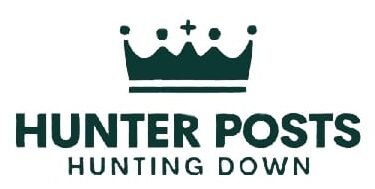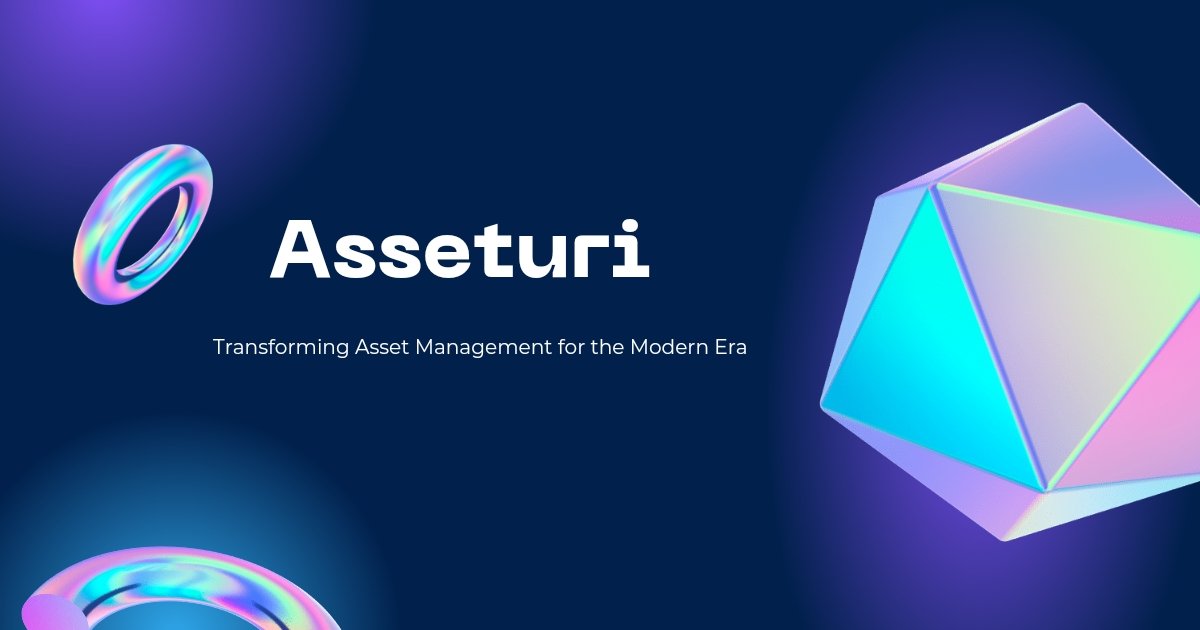The term “asseturi” has become rather popular in today’s fast-changing financial environment. It may be quite vague, but make no mistake, asset management is an important piece in the financial puzzle in our lives. This blog post seeks to demystify asset valuation with a focus on the importance, classification, monitoring, and role of asset valuation within the financial landscape. No matter if one is an investor in search of ways to increase the size of his wallet or the owner of a company who wants to make the most of his assets, it is crucial to learn about this concept.
What is Asseturi?
In its most primitive method, asseturi defines what is meant by asset. An asset is defined as any element that possesses a worth and can therefore be exchanged for cash. This may include property, stocks, goods and services, buildings, and ideas or patents among others. According to the financial aspect, the term asseturi refers to the resources which are owned by an individual or an entity and possess some forms of economic value, for which one expects to derive some benefits in the future.
The concept of asset valuation can be defined as one of the central tenets in the framework of working with financial and accounting documents. Assets are essentially one of the line items presented in the balance sheet; the financial statement that presents an organization’s resources or assets and the obligations or liabilities it holds. It is useful to know how assets are valued in order to make decisions in regard to investment and preventing risk situations or becoming financially insecure.
Types of Asseturi
Assets, or asseturi, can be grouped into several groups based on their features and usage in assessment of finances. Let’s explore the primary categories:Let’s explore the primary categories:
- Tangible Asseturi
Tangible assets are identifiable and measurable existing assets that are available in physical form for use. These are usually some of the easiest classes of assets to comprehend.
-
Real Estate:
All these involve land, buildings and other structures. Investing in real estate is a rational decision because it is usually associated with capital appreciation.
-
Machinery and Equipment:
To businesses, machinery and equipment refer to fixed assets that are used in the production and running of a business.
-
Inventory:
Inventory refers to the items that are available for sale or to be used in the production process. Unquestionably, owing to the nature of production and organizational operations, inventory management plays the crucial role of contributing to a company’s profits.
- Intangible Assets
Intangible assets are those assets that have no physical substance unlike the tangible assets that one can touch. But the can be worth their weight in gold.
-
Intellectual Property:
Some examples of IP that can bring tremendous income are patents, trademarks, and copyrights.
-
Brand Value:
Brand equity refers to a product possessing a valued feature through the creation of a close-knit association between the product and consumer.
-
Goodwill:
Goodwill relates to the value of customers, brands, and other intangible factors typical for the acquisitions.
- Financial Assets
Financial assets are those assets that are readily convertible into cash or are capable of producing cash inflows.
-
Stocks and bonds:
These are financial assets which are in form of claim to ownership of an asset or a receivable.
-
Cash and Cash Equivalents:
This category includes; cash in hand or bank, and cash at short term, including treasury bills.
-
Mutual Funds and ETFs:
These pooling of funds enables investors to invest in stocks or bonds or any form of investment of their choice.
- Human Asseturi
Human capital which is often not taken into consideration in standard financial accounting is, nevertheless, a valuable component in the management equation.
-
Skills and Expertise:
Skills and experience possessed by workforce will impact a firm’s efficiency and creativity.
-
Employee Relationships:
The relations between employees as well as with customers can be strong and special and these factors have influence the business in a big way.
Understanding the roles of asset management
Personal and business asset management are essential skills that are needed to achieve success in life and at work. People who undertake optimal management of assets make sure that maximum utilization of available resources, minimization of risks involved in the use of the assets as well as making sure the assets would yield maximum accuracy is achieved. Here are some key aspects of asset management:Here are some key aspects of asset management:
- Asset Allocation
Asset allocation is about the distribution of investments over major asset classes including equities, fixed income securities and property. It is aimed at achieving the right level of risk and reward that is commensurate with the financial objectives of an individual or organization.
- Asset Protection
Risk mitigation as a management function is crucial in order to preserve the resources for possible threats. This can include buying insurance, using legal mechanisms to protect investment profiles from creditors or litigants, and holding investments in different types of assets.
- Asset Optimization
Optimization encompasses facets that guarantee that all assets are used to the best of their capabilities. In the case of businesses, it would mean for example having to keep certain machinery for the purpose of avoiding congestion during the business operation while in the case of an individual it may entail having to rearrange an investment portfolio with regards to changing goals and objectives.
- Asset valuation
It is important to understand the value of business assets for financial planning, tax, and for strategic management on decisions involving acquisition, disposal or use of resources. Also, regular appraisal assists in determining the current position of the assets and hence in decision making.
Asseturi in Financial Planning
The process of managing financial assets is important within the budgeting process for individuals and businesses. Personal financial planning concerns every part of a person’s financial wellness, including spending, saving, investing, and planning for retirement.
- Personal Finance
In personal finance, namely the management of assets implies that you and your assets must be working towards fulfilling your goals. These are creating an investment portfolio, savings for retirement, and individuals covering their assets through insurance as well as establishing an estate.
- Corporate Finance
For the companies, asset management is critical to sustaining a growth and a healthy financial performance. Managers must exercise responsibility over assets in order to satisfy the liabilities and continue with operations. These are activities such as handling of cash, buying of capital assets, funding of other activities and maintenance of assets.
- Investment Strategies
One must first comprehend the various forms of assets and the possible yields when setting up investment plans. This encompasses matching aggressive investments with conservative ones in order to meet the financial objectives.
Assets in the Digital Age
The digital transformation has also been witnessed to affect the way assets are managed or appraised as well. As a result of the appearance of new types of digital assets such as cryptocurrencies and digital assets protected by intellectual property rights, the concept of an asseturi has also grown.
- Digital Assets
These assets can be valuable; however, they expose investors to certain risks and are highly risky.
- Data as an Asset
Information is a valuable commodity in today’s era of the availability of large volumes of data.
- Blockchain Technology
With the use of block chain, there is a new pattern of dealing and exchanging of assets especially financial assets. It is more transparent, secure and is efficient when doing transactions.
Challenges in Asset Management
However, the process of managing assets and maintaining order is not without certain challenges. These can include:
- Valuation Complexity
What results is the difficulty in terms of accurate financial reportage and sound decision-making on financial matters.

Conclusion:
Summing It Up: The Future of Asseturi
With future changes of the financial situation, the notion of asset management is going to be a key driver of both wealth generation and its effective utilization. No matter whether you are in charge of your own investment, or you are an expert in the corporate finance, it is crucial to properly manage each asset.
In the future, agencies can anticipate new ways of managing their assets especially due to an influx in the innovation of new technologies. From emerging classes like digital assets to rising data significance in the field, the asset management landscape has never been more diverse and intertwined than it is now. It is going to become very important for one to stay abreast of the developments and to be willing to change where necessary.
Strategizing and planning for asset management enables one to focus towards constructive change, thus attaining the most appropriate results and objectives.











